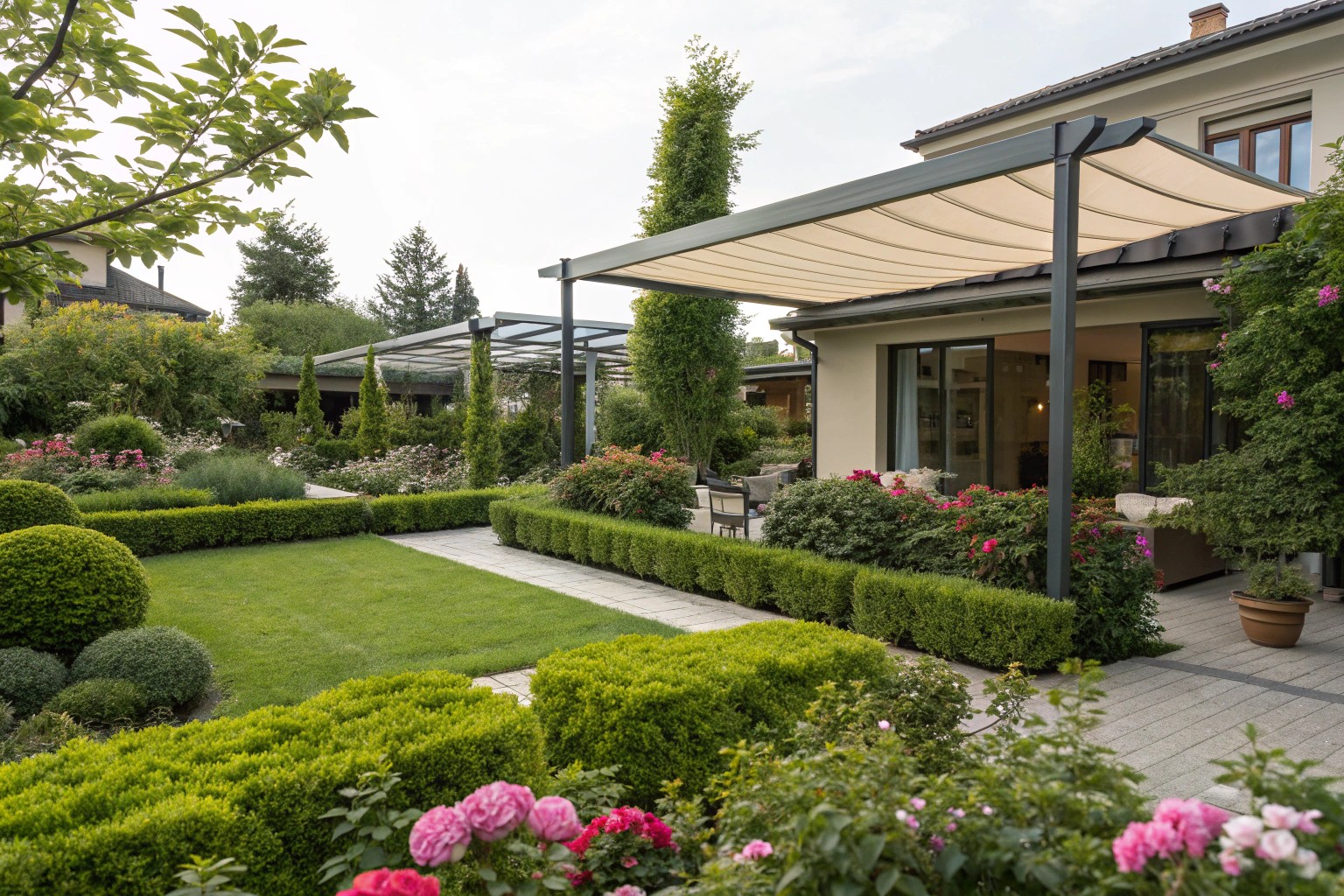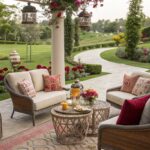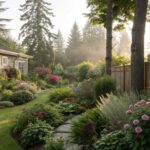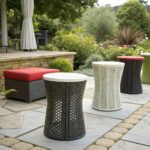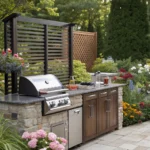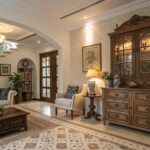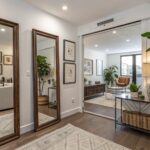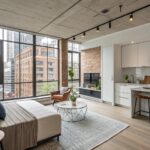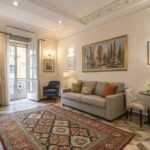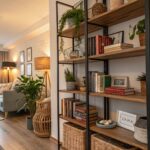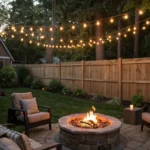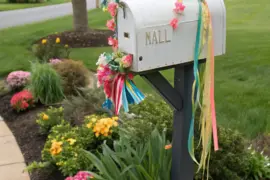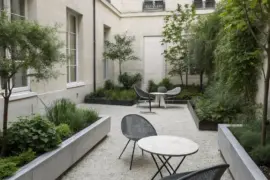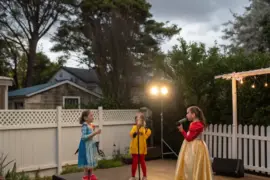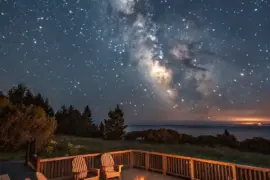Creating effective shade solutions has evolved far beyond the basic patio umbrella, offering homeowners sophisticated options that blend functionality with striking visual appeal. From cutting-edge louvered pergolas to artfully designed shade sails, today’s sun protection strategies can transform outdoor spaces into comfortable, year-round retreats while significantly enhancing property value and curb appeal.
Modern Pergola Solutions: The New Standard in Outdoor Comfort
Louvered Pergolas: Precision Control at Your Fingertips
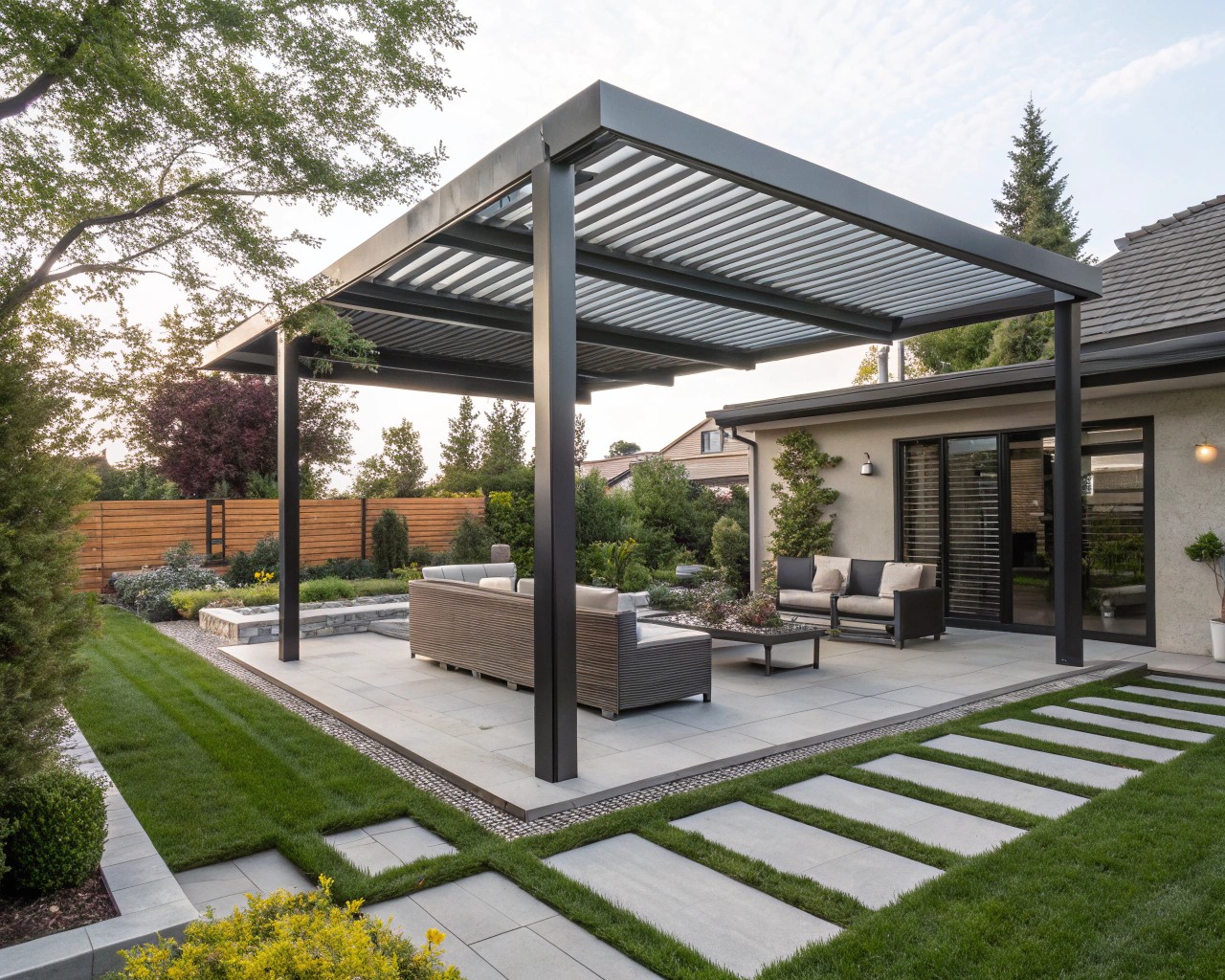
The most significant advancement in outdoor shade technology centers on louvered pergola systems. These structures feature adjustable aluminum slats that rotate a full 180 degrees, allowing precise control over sunlight, airflow, and weather protection. Unlike traditional pergolas with fixed crossbeams, louvered systems offer unprecedented flexibility for adapting to changing conditions throughout the day.
I’ve observed that homeowners particularly appreciate the motorized versions, which can be integrated with smart home systems to automatically adjust based on weather sensors. The battery-powered controls eliminate the need for complex wiring while providing instant response to sudden weather changes. When fully closed, these systems create completely waterproof coverage, essentially functioning as outdoor rooms rather than simple shade structures.
Key advantages of louvered pergolas:
- Precise light control: Adjustable from full sun to complete shade
- Weather adaptability: Automatic closure during rain or high winds
- Architectural integration: Clean lines that complement modern home designs
- Low maintenance: Aluminum construction resists corrosion and weather damage
- Multi-zone capability: Different sections can be controlled independently
Traditional Pergolas with Contemporary Enhancements
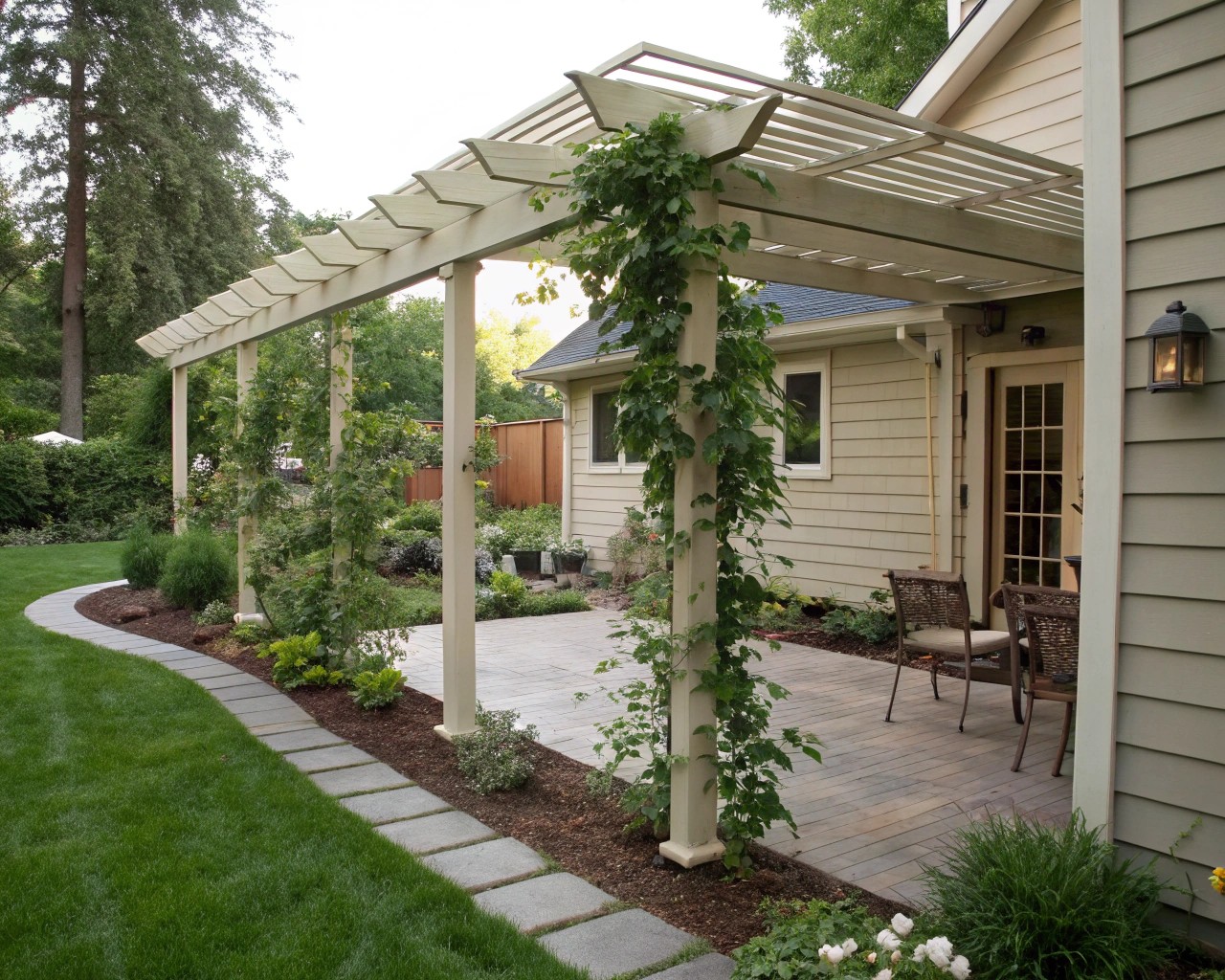
While louvered systems represent the cutting edge, traditional pergolas remain highly effective when enhanced with modern materials and accessories. Contemporary designs favor clean lines and minimalist aesthetics over ornate Victorian-era styles. The most successful installations combine structural simplicity with functional additions like retractable canopies, integrated lighting, and climbing plant supports.
For those seeking a more organic approach, pergolas designed specifically for climbing plants create living shade structures that evolve throughout the seasons. Bougainvillea, clematis, and bower vine provide both coverage and seasonal color while requiring minimal maintenance once established. The key lies in selecting fast-growing varieties appropriate for your specific climate zone.
Innovative Shade Sail Configurations
Beyond Basic Triangles: Advanced Sail Geometries
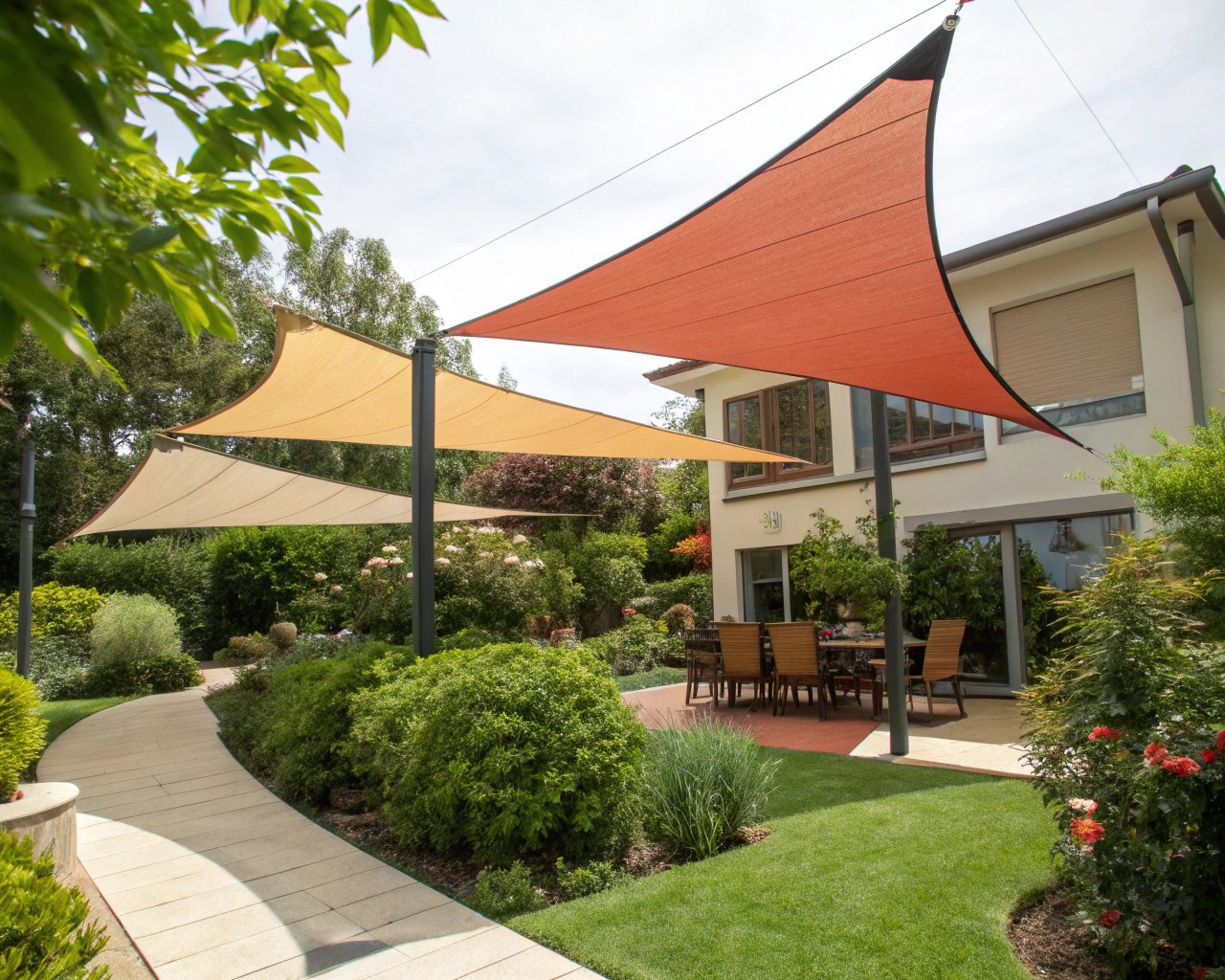
Shade sails have evolved from simple triangular configurations to sophisticated multi-panel systems that provide comprehensive coverage while creating dramatic visual statements. The most effective installations utilize multiple sails at varying heights and angles, creating layered protection that follows the sun’s path throughout the day.
When designing sail systems, I focus on three critical factors: anchor point strength, fabric tension, and drainage considerations. Each mounting point must be engineered to handle significant wind loads, typically requiring concrete footings or structural attachment to buildings. Proper tensioning prevents fabric fatigue while ensuring the characteristic curved profile that gives sails their distinctive appearance.
Professional installation considerations:
- Anchor points must be precisely positioned to create proper tension
- Fabric should have at least 6 inches of clearance from any surface
- Drainage patterns must be considered to prevent water pooling
- Turnbuckles allow for seasonal tension adjustments
Motorized Retractable Systems
The newest development in shade sail technology involves motorized retractable systems that combine the aesthetic appeal of traditional sails with the convenience of automated control. These systems allow complete removal of shade coverage when desired while maintaining the clean lines that make sails so visually appealing.
Living Shade Solutions: Trees and Green Architecture
Strategic Tree Placement for Maximum Impact
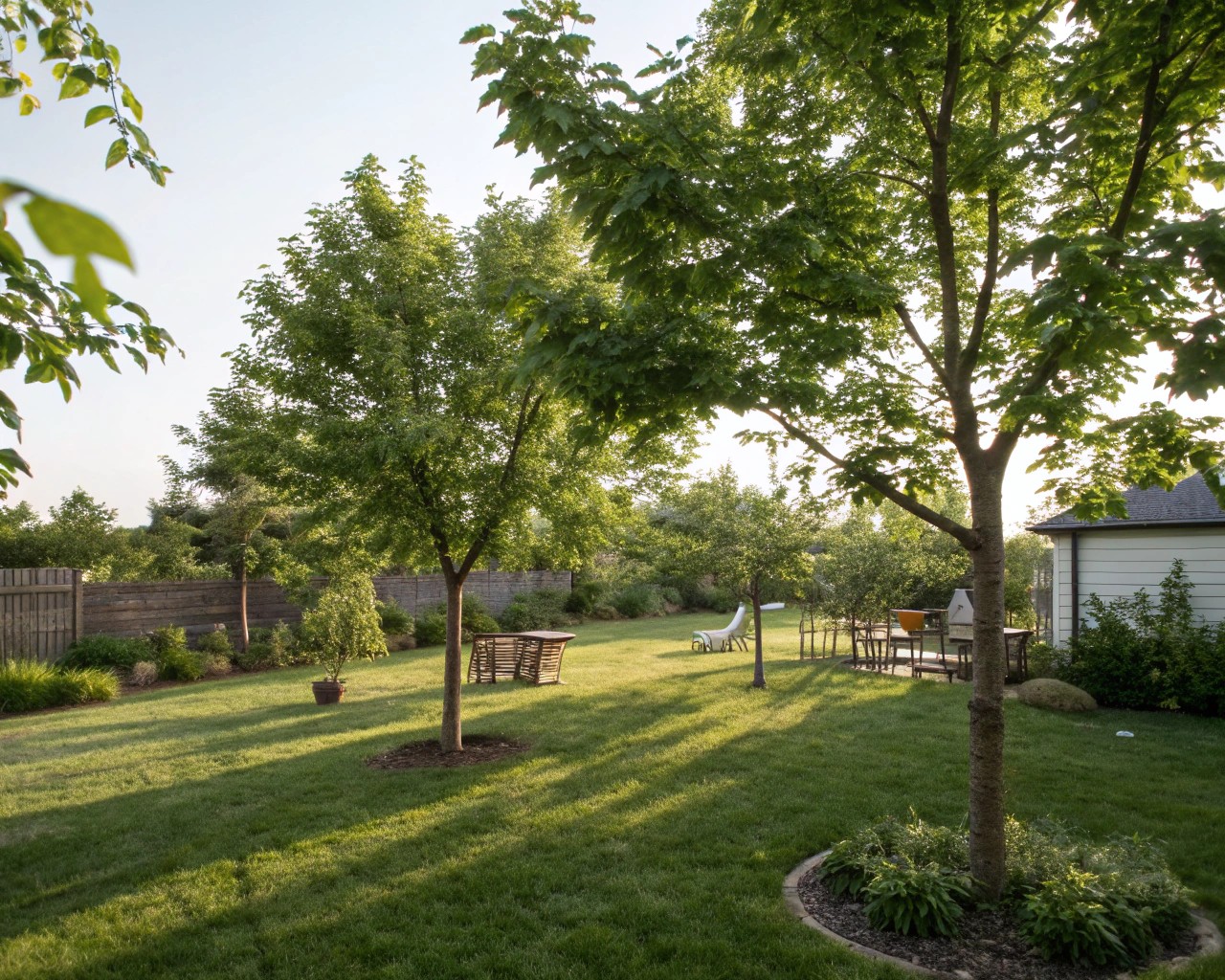
Trees remain the most effective long-term shade solution, capable of reducing surrounding temperatures by up to 20 degrees Fahrenheit during peak summer months. The key to successful tree-based shade lies in understanding mature canopy size and selecting species appropriate for your specific microclimate.
For patio applications, I recommend focusing on small to medium trees that provide overhead coverage without overwhelming the space. Japanese maples excel in partial shade conditions and offer year-round visual interest through their distinctive foliage and branching patterns. Kumquat trees serve dual purposes, providing both shade and edible fruit while thriving in container plantings for seasonal flexibility.
Optimal patio trees for shade:
| Tree Species | Mature Height | Special Features | Climate Zones |
|---|---|---|---|
| Japanese Maple | 8-25 ft | Fall color, partial shade tolerance | 5-8 |
| Chaste Tree | 8-20 ft | Fragrant summer flowers | 6-9 |
| Kumquat | 8-15 ft | Edible fruit, container suitable | 8-10 |
| Flowering Dogwood | 15-30 ft | Spring blooms, fall color | 5-9 |
Living Wall Systems for Vertical Shade
Green walls represent an innovative approach to creating shade while incorporating sustainable design principles. These modular systems can be installed on existing structures to provide both visual screening and temperature reduction through evapotranspiration. The most successful installations combine drought-tolerant plants with efficient irrigation systems to minimize maintenance requirements.
Modern living wall systems utilize pre-fabricated grids and planters that simplify installation while ensuring proper drainage and plant health. Plants remain in their original nursery containers, allowing easy replacement without soil disruption. This approach significantly reduces maintenance complexity while providing flexibility for seasonal plant changes.
Architectural Shade Integration
Retractable Awning Systems
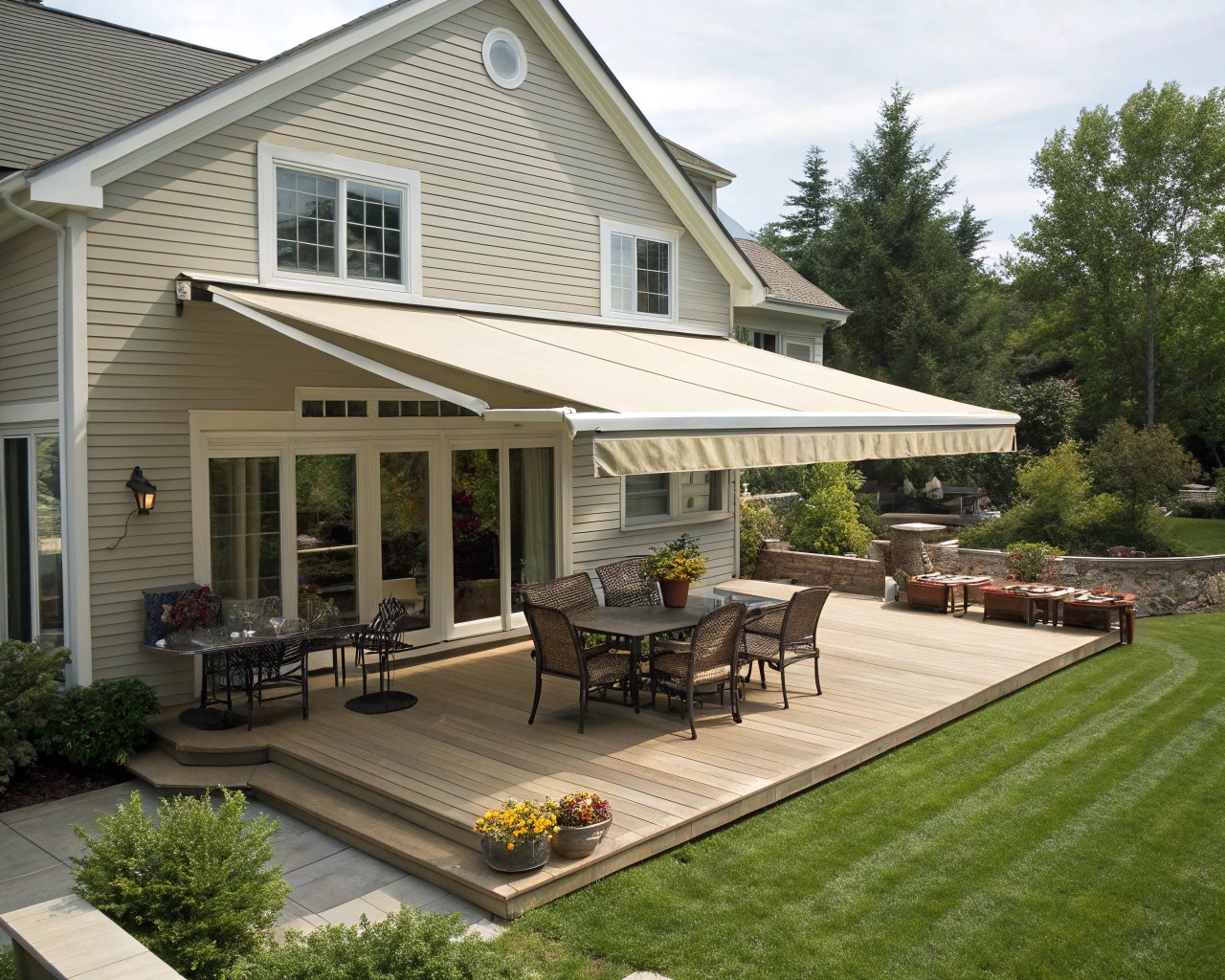
Retractable awnings offer the perfect balance between permanent installation and seasonal flexibility. Modern systems feature sophisticated motorization with weather sensors that automatically retract the awning during high winds or storms. The most effective installations provide 7 feet 6 inches of clearance from deck level to ensure adequate headroom while maximizing coverage area.
Current design trends favor clean geometric patterns over decorative elements, with black and white stripes remaining the most popular choice for contemporary applications. The integration of LED lighting systems within the awning structure extends usability into evening hours while creating dramatic architectural lighting effects.
Fixed Canopy Structures
For areas requiring permanent weather protection, fixed canopy systems provide the most robust solution. These structures can incorporate integrated guttering systems for rainwater management while supporting additional features like ceiling fans, heating elements, and permanent lighting installations.
The most successful canopy designs create seamless transitions between indoor and outdoor spaces through careful attention to architectural details and material selection. Steel frame construction with cedar infill panels offers an ideal combination of structural strength and natural beauty while requiring minimal ongoing maintenance.
Multi-Functional Shade Solutions
Gazebo and Cabana Integration
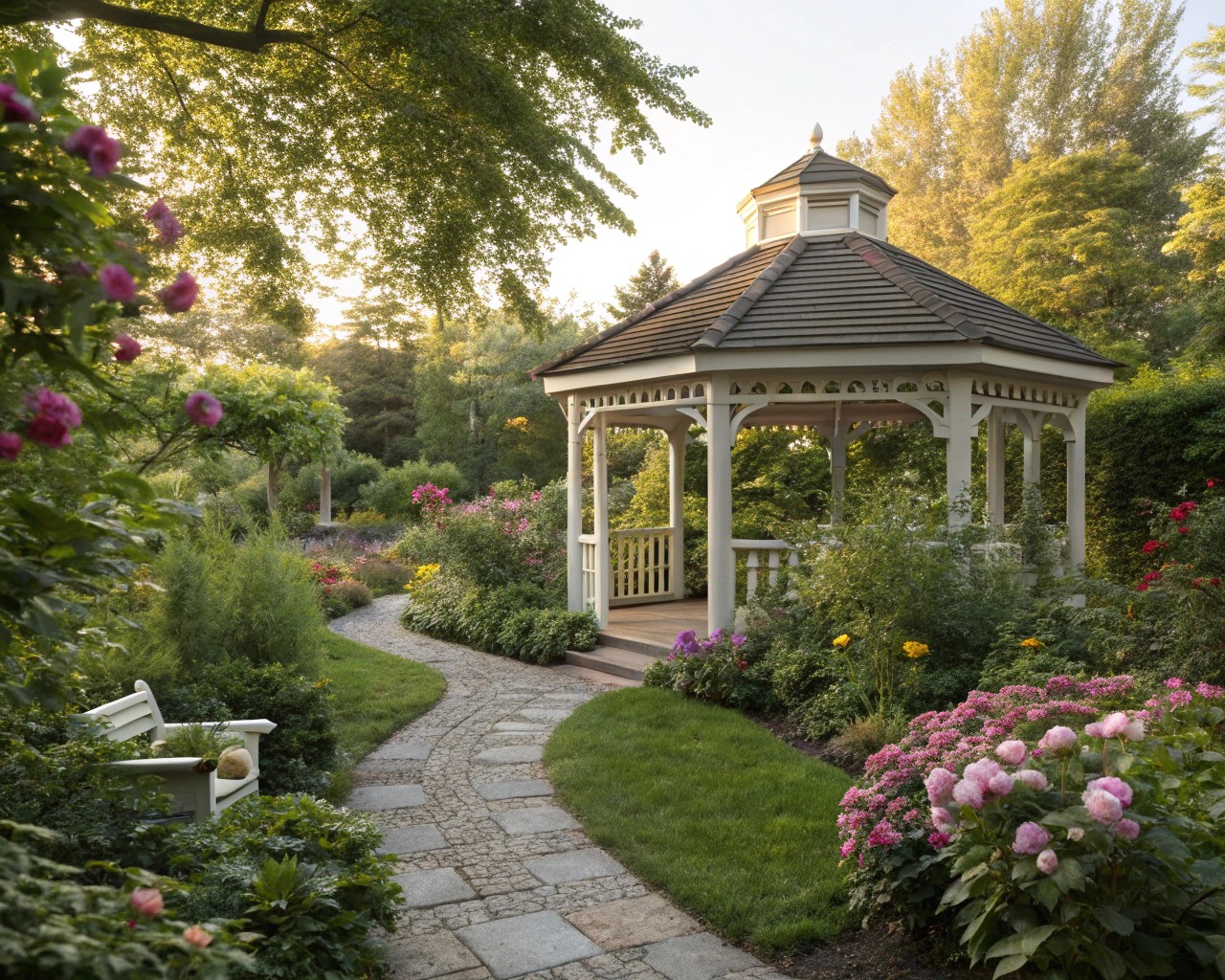
Traditional gazebos have evolved into sophisticated outdoor rooms that provide complete weather protection while maintaining visual connection to surrounding landscape elements. Modern designs favor clean lines and contemporary materials over ornate Victorian styling, creating structures that complement rather than compete with architectural features.
The most effective gazebo installations create defined zones within larger outdoor spaces, providing intimate areas for conversation or quiet relaxation. Integration of permanent furniture, such as built-in seating with weather-resistant cushions, maximizes functionality while maintaining clean aesthetic lines.
Convertible Outdoor Rooms
The ultimate expression of outdoor shade design involves creating fully convertible spaces that function as open-air pavilions in fair weather and enclosed rooms during inclement conditions. These systems typically combine louvered roofing with retractable wall panels to provide complete environmental control.
I’ve found that the most successful convertible spaces incorporate multiple comfort systems including ceiling fans for air circulation, radiant heating for cool evenings, and integrated sound systems for entertainment. The key lies in concealing mechanical systems within the structure’s design to maintain clean visual lines.
Implementation Strategies and Considerations
Climate-Specific Design Approaches
Effective shade design must account for regional climate variations and seasonal sun patterns. In the American Southwest, the emphasis should be on maximum sun protection with materials capable of withstanding extreme temperature fluctuations. Conversely, Pacific Northwest installations need to prioritize rain protection while maximizing precious sunny day exposure.
Regional design priorities:
- Southwest: Maximum UV protection, heat-resistant materials, integrated cooling systems
- Southeast: Hurricane-rated construction, humidity management, integrated pest control
- Northeast: Snow load capacity, freeze-thaw cycle resistance, seasonal convertibility
- Pacific Northwest: Rain management, quick-drying materials, partial shade optimization
Budget-Conscious Alternatives
Not every effective shade solution requires substantial investment. Simple umbrella clusters can provide flexible coverage for smaller spaces while offering easy seasonal storage. Shade sails represent excellent value for larger areas, providing significant coverage at a fraction of the cost of permanent structures.
For those with more substantial budgets, investing in automated systems pays dividends through convenience and longevity. Motorized components eliminate the daily effort required for manual systems while ensuring proper operation during changing weather conditions.

